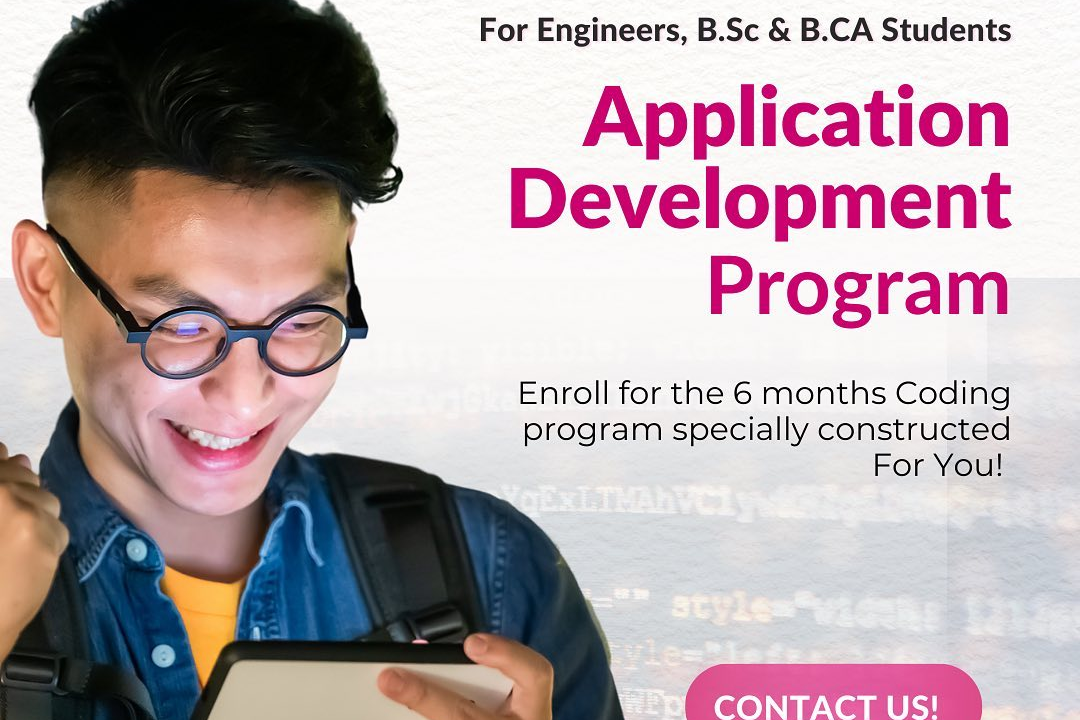Android Architecture Components
Enhancing Mobile Development with Android Architecture Components
Android Architecture Components
Android Architecture Components are a collection of libraries designed to provide a robust framework for developing Android applications by promoting best practices and enhancing code quality. They support the development of responsive, maintainable, and testable apps by facilitating the management of lifecycle events, persistent data storage, and user interface interactions. Key components include LiveData, which allows apps to react to data changes in a lifecycle-aware manner; ViewModel, which preserves UI-related data through configuration changes; Room, which simplifies database interactions; and Navigation, which aids in implementing in-app navigation. Together, these components help developers create structured and efficient applications that align with the architecture principles laid out by Google, such as separation of concerns and reactive programming.
To Download Our Brochure: https://www.justacademy.co/download-brochure-for-free
Message us for more information: +91 9987184296
1 - Introduction to Android Architecture: Android architecture provides a structured way to build Android apps, ensuring separation of concerns and encouraging best practices in app design.
2) MVVM Architecture: The Model View ViewModel (MVVM) architecture pattern separates the UI from the business logic, facilitating easier testing and maintenance. This is the primary architecture style recommended for Android.
3) ViewModel: ViewModels store UI related data in a lifecycle conscious way. They survive configuration changes, such as screen rotations, ensuring that the UI data remains intact.
4) LiveData: LiveData is an observable data holder class. It allows components to observe changes in data and automatically update the UI when the data changes, promoting a reactive programming model.
5) Room: Room is a persistence library that provides an abstraction layer over SQLite, making database management easier and more robust by using data access objects (DAOs) and annotations.
6) Data Binding: Data Binding allows developers to bind UI components in layouts to data sources in the app using a declarative format. It minimizes boilerplate code and enhances code clarity.
7) WorkManager: WorkManager is a library for background processing that provides a simple way to schedule and manage deferrable, guaranteed background work, even when the app is not running.
8) LiveData Observers: Observers are used with LiveData to reactively update UI components whenever the observed data changes, maintaining a clean separation between UI and business logic.
9) Repository Pattern: The repository pattern serves as a clean API for data access. It abstracts the origin of the data, allowing the app to switch between using the network and local database seamlessly.
10) Lifecycle aware Components: These components, including LiveData and ViewModels, are designed to be aware of the lifecycle states of the app’s components (like Activities and Fragments), minimizing memory leaks and crashes.
11) Navigation Component: This component simplifies navigation within the app, handling fragment transactions and deep linking, ensuring a more consistent user experience and management of back stack.
12) Paging Library: The Paging Library allows you to load large data sets gradually and scroll through them efficiently, managing performance and memory use while ensuring smooth user experiences.
13) Coroutines: Kotlin Coroutines provide a way to perform asynchronous programming in a more manageable way. They allow developers to write non blocking code that runs on background threads.
14) Testing Frameworks: Android Architecture Components are designed with testing in mind, providing frameworks for unit testing and UI testing, making it easier to ensure the app's functionality.
15) Integration with Jetpack: Android Architecture Components are part of Android Jetpack, a set of libraries designed to work seamlessly together, enhancing app development by promoting best practices and reducing boilerplate code.
16) Continuous Learning and Community Support: With the regular updates from Google and a strong developer community, there is extensive documentation and resources available for learning and implementing Android Architecture Components effectively.
Additional Points:
17) LiveData Transformations: LiveData supports transformations, allowing developers to create derived data streams that simplify UI state management based on underlying data changes.
18) Security: Integrating Android Architecture Components promotes secure app development practices, ensuring proper lifecycle management and minimizing vulnerabilities related to data management.
This structure can serve as a solid foundation for a training program aimed at teaching students about Android Architecture Components. Each point can be expanded upon during the training sessions with examples and practical exercises.
Browse our course links : https://www.justacademy.co/all-courses
To Join our FREE DEMO Session: Click Here
Contact Us for more info:
LEARNING ANDROID DEVELOPMENT
iOS Training in Pachora
CROSS FILTER IN POWER BI
best salesforce training online
Java MCQ Interview Questions 2024











